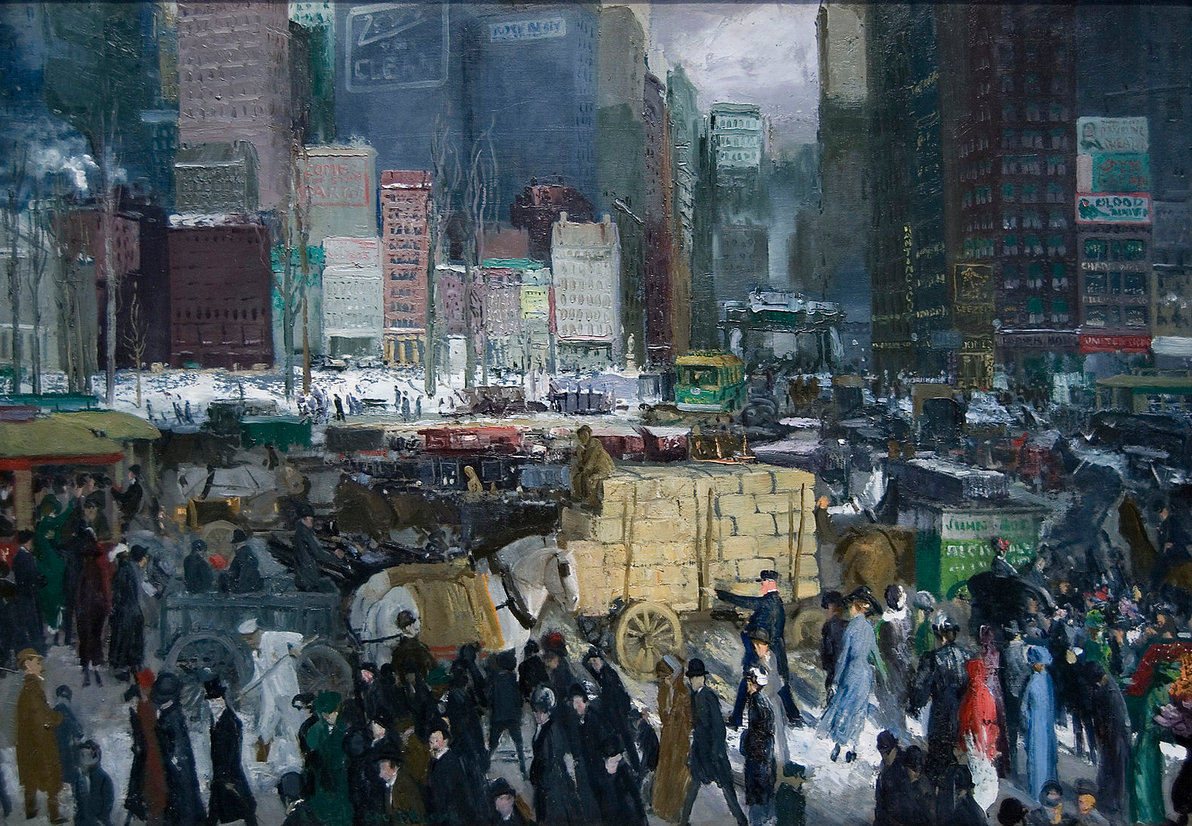General
Unit 6: Realism in America (1850 - 1940)
 During this unit students will study the realism time period through american literature. Students will see how realism was a response to the idealist philosophies of transcendentalism. Realism was founded on the notion of portraying the day to day lives of Americans without romanticizing it (Hollywood Version). Realist authors and artists devoted themselves to the truth, even when it made their country or people look bad. The realist time period resulted in Americans reflecting on who they were and wanted to be. Students will study texts from authors including: Mark Twain, John Steinbeck, Upton Sinclair, Edith Wharton, Richard Wright and Stephen Crane. Additionally, students will have exposure to realist art.
During this unit students will study the realism time period through american literature. Students will see how realism was a response to the idealist philosophies of transcendentalism. Realism was founded on the notion of portraying the day to day lives of Americans without romanticizing it (Hollywood Version). Realist authors and artists devoted themselves to the truth, even when it made their country or people look bad. The realist time period resulted in Americans reflecting on who they were and wanted to be. Students will study texts from authors including: Mark Twain, John Steinbeck, Upton Sinclair, Edith Wharton, Richard Wright and Stephen Crane. Additionally, students will have exposure to realist art.Image credit - New York by George Bellows (1911)
How did the author’s choices impact the value of the messages in the text? How did the author’s choices impact the value of the messages in the text?
How can a novel’s first chapter depict a central theme in the piece, then develop over the course of the text? When making claims about a theme in a story, what are the benefits of citing textual evidence?
How do different authors with different perspectives treat similar themes or issues? How might discussions with other students or the teacher add meaning to the concepts being learned?
How does studying complex texts benefit the reader versus someone who reads simple texts?
How does technology enhance the process of thinking, learning and creating?
How might discussions with other students or the teacher add meaning to the concepts being learned? How does technology enhance the process of thinking, learning and creating? What are some issues that people and societies face as a result of using technology? In what ways do laws and ethics around internet usage affect students?